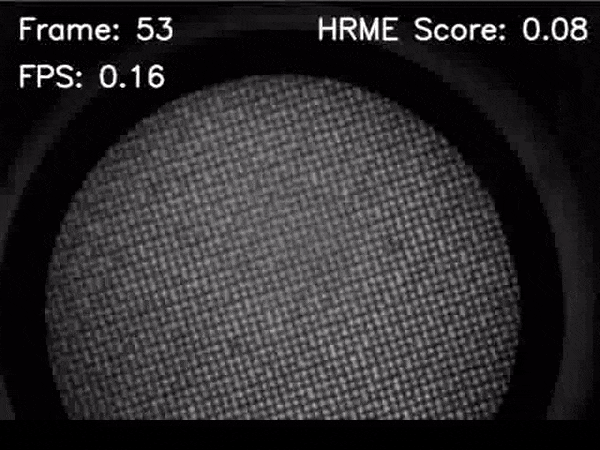
Cervical cancer disproportionally affects women in low- and middle-income countries, in part due to the difficulty of implementing existing cervical cancer screening and diagnostic technologies in low-resource settings. Single-board computers offer a low-cost alternative to provide computational support for automated point-of-care technologies. Here we demonstrate two new devices for cervical cancer prevention that use a single-board computer: 1) a low-cost imaging system for real-time detection of cervical precancer and 2) a low-cost reader for real-time interpretation of lateral flow based molecular tests to detect cervical cancer biomarkers. Using a Raspberry Pi computer to provide real-time image collection and processing, we developed: 1) a low-cost, portable high-resolution microendoscope system (PiHRME); and 2) a low-cost automatic lateral flow test reader (PiReader). The PiHRME acquired high-resolution (4.4 μm) images of the cervix at half the cost of existing high-resolution microendoscope systems; image analysis algorithms based on convolutional neural networks were implemented to provide real-time image interpretation. The PiReader acquired and analyzed images of a point-of-care human papillomavirus (HPV) serology test with the same contrast and accuracy as a standard flatbed high-resolution scanner coupled to a laptop computer, for less than one-fifth of the cost. Raspberry Pi single-board computers provide a low-cost means to implement point-of-care tools with automatic image analysis. This work demonstrates the promise of single-board computers to develop and translate low-cost, point-of-care technologies for use in low-resource settings.

